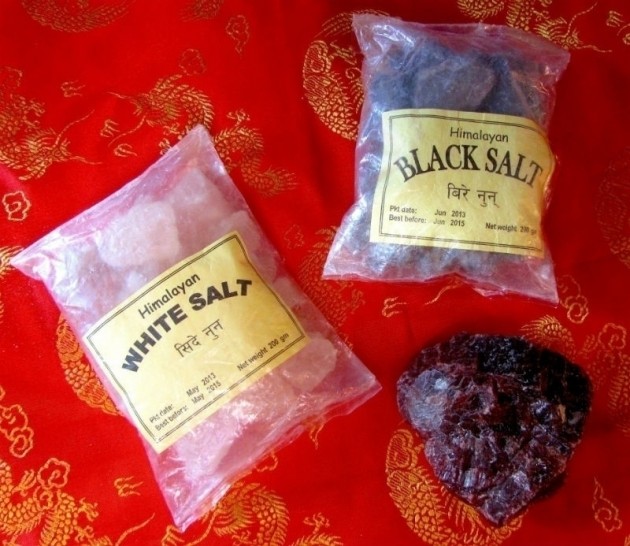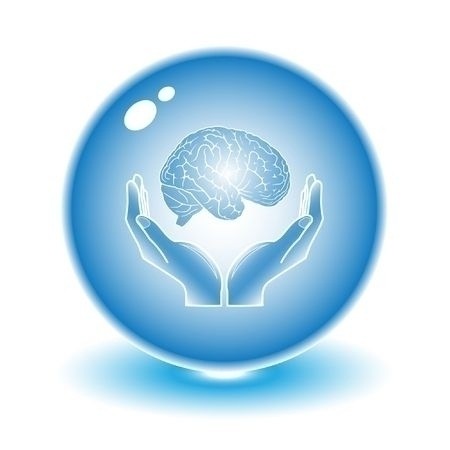Migraine: Periodic throbbing headaches. The prodrome seems to be due to a vasoconstriction of the cerebral blood vessels (or the vessels leading into the brain), while the headache itself seems to be due to a vasodilation of the blood vessels with subsequent congestion of tissues; seen more often in women and is thought to affect up to 20-30% of the population; usually begins between the ages of 10-30, and remissions commonly occur after age 50, suggesting a hormonal cause; definite familial component.
Hypertension: The headache is typically throbbing and located in the occiput or vertex. It is paroxysmal. There is a history of renal or cardiovascular disease.
Cluster (histamine headaches): Much more frequent in men; associated histaminic symptoms.
Miscellaneous: Toxic states; infections, alcoholism; uremia; lead; arsenic; morphine; carbon monoxide poisoning; encephalitides; headache is moderate in intensity; there is a history of exposure to a toxin or other signs and symptoms that would point to an associated microorganism.
Symptoms
Migraine: May be unilateral or bilateral, often located about or behind an eye and spreading to one or both sides of the head; frequently there is nausea and vomiting with a desire for darkness and quiet; the headache lasts from hours to 1-3 days; classic type has a prodrome of various symptoms: scintillating scotomas, mood swings, dizziness and tinnitus, dazzling zig-zags, perhaps feeling of impending doom. Physical and neurological findings between attacks are unmarkable; during attacks there may be transient neurological signs.
Hypertension: Physical exam will reveal hypertension with retinopathy, edema, and cardiac findings. Generally, the hypertensive headache is associated with advanced hypertensive disease or attacks of potentially serious hypertension.
Cluster: Headaches are paroxysmal; often wake the patient at night; abrupt onset of severe pain that lasts 1-2 hours; occur typically in clusters of days to weeks and then are not experienced again for months or years; unilateral with associated histaminic symptoms (lacrimation, plugged nose, ptosis, cheeks flushed and ecdemic); remissions may occur, lasting for years or permanently. The physical exam shows facial vasocilation, pupillary constriction, injected conjunctiva; tenderness to palpation of external and common carotid arteries.
Miscellaneous: There is a history of exposure to a toxin or other signs and symptoms that would point to an associated microorganism.
Course and Prognosis
In general, migraine and cluster headaches are chronic conditions that recur and are not cured by conventional treatment. Although they are both benign, the pain can be debilitating and cause much morbidity. Conventional treatment usually involves ergotamine prophylaxis and narcotic analgesics. The hypertensive headache is correctable by controlling the patient's hypertension. If uncontrolled, then serious hypertensive sequelae may occur (e.g. stroke). The toxic headache is treated by dealing with the toxic exposure and ridding the body of the substance. Prognosis for migraine headache is favorable if thorough assessment and avoidance of triggers, along with biochemical/metabolic therapy is undertaken.
Nutrients Involved
- B-complex, choline, omega-3 and omega-6 fatty acids, magnesium, quercetin, butter bur, perilla
NOTE: in all forms of headaches, sensitivities to certain food or environmental factors can be a significant entity to address. If determined to be add to the outlined protocols Permine.
Suggested Nutritional Supplementation
Migraine Headache
At Onset:
- TrancorTM - 4 capsules daily.
Trancor is formulated to support a sense of tranquility in those who may feel worried or nervous by beneficially modulating the balance between the calming influence of GABA and the excitatory effects of glutamate.
- Dynagesic - 2 tablets every 10-15 minutes at onset.
An exclusive enzymatically prepared mixture of activated White Willow Bark, Salicin, and Fever Few.
Preventive Maintanence
- Petadolex - 2 capsules twice daily with meals.
Helps maintain proper muscle tone in cerebral blood vessels especially important in migraine headaches.
- Trancor - 4 capsules daily.
- 5-Hydroxytryptophan Extra Strength - 4 capsules daily (2 in the AM and 2 in the PM). After headaches are under control for 4-6 weeks decrease by 1 pill per week until lowest dose is found that maintains the patient symptoms.
- EPA-DHA Extra Strength - 2 softgels 2-3 times daily with meals. (see EPA-DHA section in appendix) Essential fatty acids from cold water fish.
Natural anti-inflammatory documented to benefit migraine sufferers.
Hypertension Headache
- Vasotensin - 2 tablets daily with food.
Vasotensin provide active peptides from bonito fish to help prevent the formation of angiotensin II, a potent vasoconstrictor, through their interaction with angiotensin converting enzyme (ACE). This activity supports healthy vascular function for optimal blood flow and healthy blood pressure levels.
- Lipotain - 3-6 tablets daily.
Nutritional support for healthy blood lipid levels.
- Cluster
- Lipo-Gen - 2 tablets daily with meals.
Comprehensive lipotropic formula.
- Lipotain - 3-6 tablets daily with meals.
Nutritional support for healthy blood lipid levels.
Toxic Headache
- Appropriate Detoxification Program - see Detoxification section
Dietary Suggestions
- Modified Elimination Diet






